|
 Keynote Lectures (under expanding!) Keynote Lectures (under expanding!)
|
|
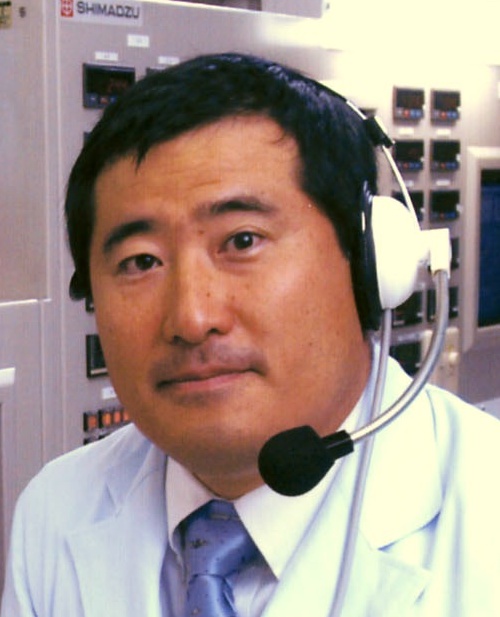
|
Kazuhito
Shimada, Ph.D
Professor, Japan Aerospace Exploration Agency, (Japan)
|
[Title]
International Space Station (ISS) Intelligent Human
Centrifuge
[Abstract]
The
International Space Station (ISS) astronauts need physiological
countermeasures against microgravity. Recent abnormal findings in the
eye (Space flight–Associated Neuro-ocular Syndrome, SANS) after 6-months stay
on the orbit tells us that current exercise measures are not complete.
Ultimate solution should be the artificial gravity (AG) for astronauts.
Before closure of the ISS program, we would like to have a test bed on the
ISS which verifies usefulness of AG. The overall design of AG by
centrifuge with exercise function is not easy in terms of cost savings.
At the same time, incorporating the AG machine with information processing
should be considered.
[Keywords]
artificial gravity, International Space Station, astronaut, centrifuge, HTV-X
|
|
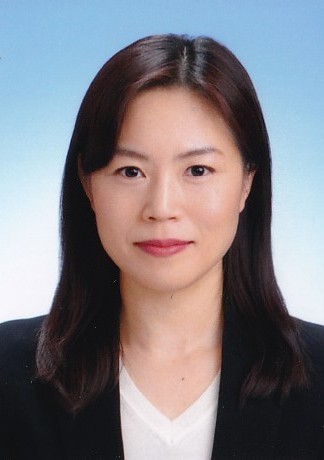
|
Fumiko
Okiharu, Ph.D,
Associate Professor, Tokyo university of science, (Japan)
|
[Title]
How can technology be used for students' deep conceptual
understanding in science?
[Abstract]
How the latest progress of technology change science teaching? The role of
technology in science education began with data gathering and information
utilization through the Internet in weather and other fields. In recent
years, as various sensors such as temperature sensor were developed, by
measuring experiments in time, students understand scientific concepts deeply
while linking phenomena and results. In addition, due to the development of
the application of tablet, pseudo observation such as the celestial body
became possible. Furthermore, teaching methods that deepen studentsf learning
by discussion such as Computer Supported Collaborative Learning (CSCL) based
on the concept of social constructivism are studied as well as technology
utilization in experiments and observations. In this presentation, based on
recent studies, we outline how students' understanding of scientific concepts
can be heightened by using technology in science lessons.
|
|
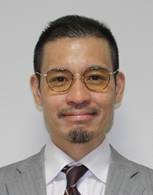
|
Atsushi Iwai
Professor, Gunma University(Japan)
|
[Title]
A GDSS Design that Supports Anonymous Communication for the
Convergent Process
[Abstract]
Supporting anonymous communication is known as one of the most effective ways
in improving group decision-making. Electronic brainstorming is a good
example. But, most of the successful supporting frameworks of anonymous communication
are designed for the divergence phase in a decision process, where
participants look for options or new ideas. In the convergence phase that
follows, where participants discuss and seek a conclusion or an answer, not
many designs have been presented. It seems to be assumed that anonymity may
remove some tools of persuasion, and increases the
difficulty of coordinating discussion. However, the benefits of supporting
anonymous communication would be to some extent dependent on the system
design. Actually, according to the speakerfs
research experiences, it seems to be feasible to establish a web-based GDSS
that supports anonymous communication for the convergent process.
|
|
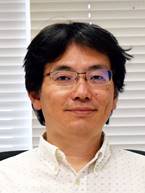
|
Osamu Takaki
Associate Professor, Gunma University(Japan)
|
[Title]
A proposal on an evaluation method of service quality
based on properties of change in frequency
[Abstract]
In this presentation, we provide several properties for quality assessment of
services such as medical services, based on properties of change in frequency.
There exist phenomena represented as a change in frequency of events that
indicate problems on services. For example, continuous increase of patients'
demands in a short term, which is expressed for example as increase of nurse
calls, indicates possibility of some problems on safety of medical services.
Or, a situation that continues such problems in a long term, which is also
represented as a property of a change in frequency of the problems, indicates
that a fundamental issue on the problems retains over the long term. We will
show several time-series data recorded in databases and several issues as
properties on change in frequency represented over the data.
|
|
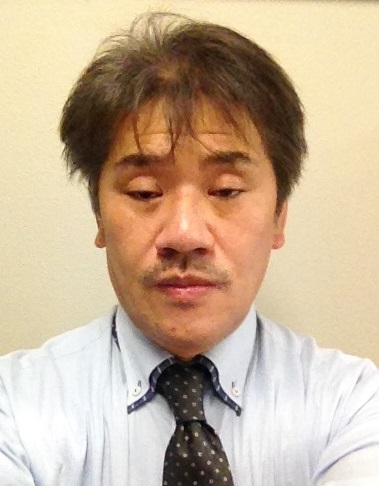
|
Takao Yamaguchi, Ph.D
Professor, Gunma University (Japan)
|
[Title]
Dynamic Response Analysis of Complicated Systems Using
Our New Computation Method (MSKE Method) and Application to Damped Structures
Having Acoustic Black Hole
[Abstract]
We proposed a fast finite element method to calculate dynamic behaviors for
complicated systems having elastic/viscoelastic/porous structures with
acoustic black holes. The acoustic black hole proposed by Krylov
is plates having an edge where its thickness decreases sharply as a power
function of the thickness. And on the small area of the edge, viscoelastic
damping material is laminated. By using this structure, flexural waves cannot
be reflected at the edge with the acoustic black holes.
Expressions
of modal damping are derived by applying asymptotic expansion to complex
eigenvalue problem of the dynamics systems. We can analyze modal couplings in
damping of the complicated dynamics systems. This method is named as MSKE
(Modal Strain and Kinetic Energy) Method. This proposed method can be applied
to calculate impact responses of complicated structure including not only
elastic/viscoelastic/porous material but also the acoustic black holes. We
applied this method to obtain responses for L-shaped damped structures with
the Krylov acoustic black holes. We also computed laminated
structures with a porous material sandwiched by two elastic plates having the
Krylov acoustic black holes.
|
|
[Title]
The e-JIKEI Network Camera: Abuse prevention of street
camera network by recording browsing-history
[Abstract]
A street camera network, in which many IP cameras are installed at a
high density, similar to street lights throughout a
nation, will have a stronger positive effect in suspect tracking and crime
deterrence in the near future. On the other hand, it will also have a
stronger negative effect related to the violation of privacy of ordinary
citizens. In order to make such a stronger
surveillance camera system, which forcibly captures the images of passersby
for the public interest, be accepted as an essential social infrastructure by
a society, it is necessary for this camera system to make ordinary citizens
be convinced that it is used only for the public interest. To realize this, a
new concept, in which the abuse of a street camera network is deterred by
recording and disclosing browsing-history, is proposed. The perspective on
the street camera system in the near future is
discussed.
[Reference]
Yusaku Fujii and Noriaki Yoshiura, "Will every streetlight have network cameras in the near
future?", SCIENCE, eLetters
(21 October 2016) .
|
|
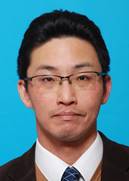
|
Shinichi Maruyama, Ph.D
Associate Professor, Gunma University (Japan)
|
[Title]
Analysis on vibrations of thin-walled elastic structural
elements - Some recent topics
[Abstract]
Thin-walled elements, such as beams, arches, plates and shell-panels are
widely used in recent downsized and light-weighted machines. Since flat beams
and plates have low rigidity, curved elements such as arches and shell-panels
are widely used. Rigidity of the curved elements are fairly
higher than that of the flat elements, because lateral deflection is
coupled to in-plane deflection which enhance the rigidity of the curved
structures. Furthermore, when large amplitude vibrations are generated in the
flat or curved thin elements due to resonance, the lateral deflection has
nonlinear coupling with the in-plane deformation which results in complex
nonlinear vibration responses such as, subharmonic resonance, super harmonic
response, internal resonance and chaotic vibrations. Recently, shapes of
structural elements becomes more and more complex,
thus analytical procedures are required to compute vibrations of such
complex-shaped elements, precisely considering linear or nonlinear couplings
between deflection and in-plane deformation with low computational costs. In
this lecture, some recent topics in analysis on vibrations of thin-walled
structural elements: (1) nonlinear vibration analysis on beams with variable
cross section, (2) linear vibration analysis on rectangular or annular plates
dividing finite segments with higher-order-differentiable mode function, and
(3) vibration analysis on shell-panels including clamped edges.
[Keywords]
Nonlinear Vibrations, Vibrations of flexible structures, Vibrations
Analysis
|
|

|
Akihiro Takita, Ph.D
Assistant Professor, Gunma University (Japan)
|
[Title]
Precise and evaluable measurement of dynamic force with
the Levitation Mass Method
[Abstract]
The Levitation Mass Method (LMM), a method for generating and measuring for
dynamic force, is reviewed. In the LMM, A rigid body with known mass is
levitated using an aerostatic bearing. The rigid body called gthe massh can
move with negligibly small friction. When the mass collides with a test
target, the motion of the mass changes according to the equation of motion, F
= ma, where F is a force acting on the mass, m is the mass of the rigid body
and a is the acceleration of the mass. m can be measured precisely by electric
balance. a also can be
measured precisely by an optical interferometer. Therefore, the force acting
on the mass can be measure precisely. We can only measure the Doppler
frequency modulated by the motion of the mass. The velocity, acceleration,
position and force are calculated from the Doppler frequency. Then, we can
obtain strictly synchronized values of velocity, acceleration, position and
force. Additionally, the uncertainty of these values can be evaluated. We
have investigated a correction method of dynamic error of force transducer,
many kinds of material testers and a mass measurement device for astronauts.
These applications of the LMM and latest results are reviewed.
|
|

|
Seiji Hashimoto, Ph.D
Professor, Gunma University (Japan)
|
[Title]
A High Precision Positioning Control and State Estimation
Based on Learning Algorithm
[Abstract]
In this paper, a high precision control and a state
estimation methods based on the learning algorithm are proposed. In
the proposed control method, disturbance, modeling error and nonlinear
characteristic can be effectively compensated by the neural network-based
controller, which learns the reference model. In the estimation method,
online estimation can be performed comparing the learned weighting coefficients
in the neural network. The proposed methods are applied to a precision
control system, and are verified through the
experiments.
|
|
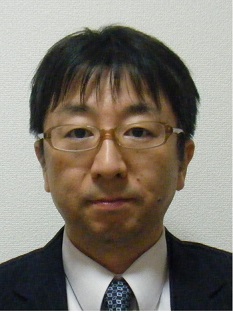
|
Nobuaki Nakazawa, Ph.D
Associate Professor, Gunma University (Japan)
|
[Title]
Human Interface for Welfare-Support Equipment
[Abstract]
Human interface plays an important role to connect the user with the welfare
support equipment. Due to the fact that this kind of
interface has an effect of improving the Quality of Life (QOL) for patients, many
interfaces for assistive devices using image processing and sensors have been
developed. Especially for patients with neurological disorders, an interface
for communication is essential due to the limitation of the movable body
parts. This presentation aims to present a brief review of some developed
interfaces, focusing on the operation of the communication aid equipment, and
an example of our experimental research using gazing actions.
|
|
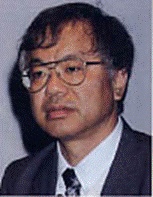
|
Haruo Kobayashi, Ph.D
Professor, Gunma University (Japan)
|
[Title]
Performance Improvement of Mixed-Signal IC Using Signal
Processing Techniques
[Abstract]
This paper reviews the authors' group research results of performance
improvement techniques of mixed-signal IC using signal processing algorithms,
such as number theory, dynamic element matching and self-calibration as well
as quadrature signal processing. It is shown that not only
transistor-level circuit design but also signal processing techniques enhance
the ADC/DAC/TDC performance.
[Keywords]
ADC,
DAC, TDC, Sampling, Number Theory, Fibonacci Sequence, Golden Ratio, Dynamic
Element Matching, Self-Calibration
|
|
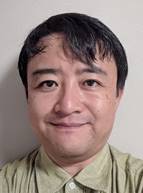
|
Kazushi Yawata,
Ph.D
Technician, The University of Tokyo (Japan)
|
[Title]
ICT material design methodology for science education
[Abstract]
On one hand, recent development of Information and Communication Technology
(ICT) devices enables many variations of materials and tools for science
education. On the other hand, the concept of Jean Piaget's cognitive
development model may be able to give the methodology for educational
materials. The model is simply consist of
Sensorimotor, Preoperational, Concrete operational and Formal operational
stages. The design methodology of ICT material for science education
utilizing the cognitive development model will be discussed.
|
|
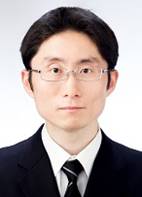
|
Kenji Yamaguchi
Information Course Teacher, Ochanomizu University Senior High
School(Japan)
|
[Title]
Development and Practice of Learning Materials for
Algorithms at Senior High School
[Abstract]
When solving some problems on computers, programs are created by programming
language such as C or Java. In order to verify that the created program is correct,it is necessary to
understand the algorithm. By learning algorithms, student's logical thinking
abilities are improved.We
are developing learning materials to understand the algorithm. Here,we introduce our learning
materials for study some sorting algorithms. This learning materials are
operated under a web browser application. Therefore, this learning materials
works on any learning environment such as computer, tablet, smartphone.
[Keywords]
Information
Education, Algorithm, Sorting, Flowchart, Web Application
|
|
|












